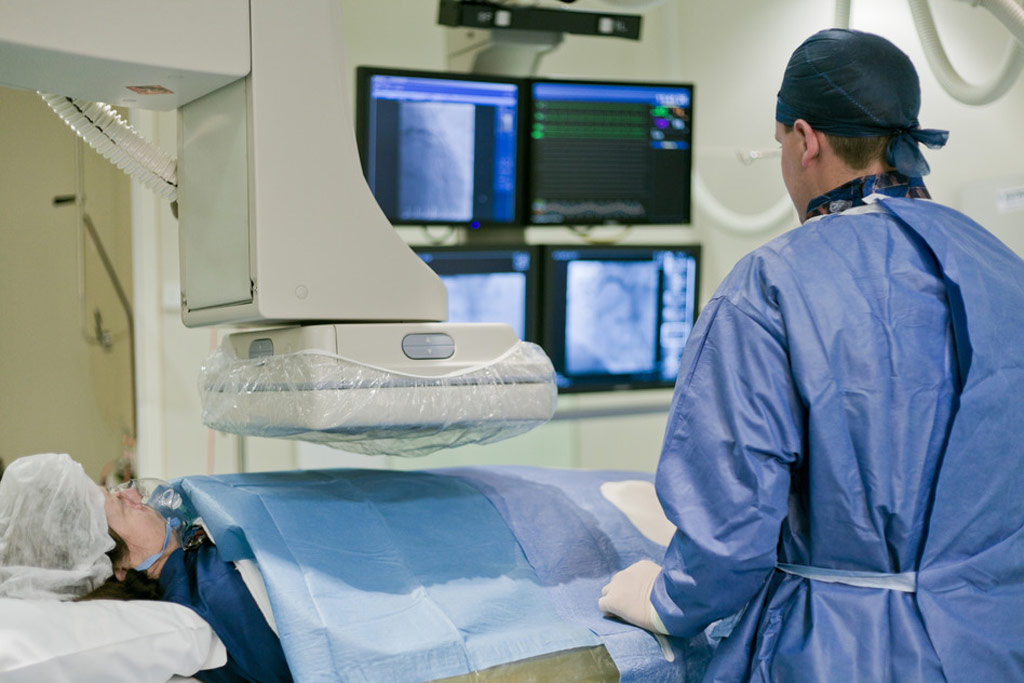Percutaneous Coronary Interventions can Trigger Ischemic Stroke
By HospiMedica International staff writers
Posted on 12 Jan 2017
The risk of ischemic stroke is highest during the first two days after percutaneous coronary intervention (PCI), and remains elevated for eight weeks, according to a new study.Posted on 12 Jan 2017
Researchers at the Norwegian University of Science and Technology (NTNU; Trondheim, Norway), St. Olav’s Hospital (Trondheim, Norway), and other institutions conducted a study that applied the case-crossover method to data retrieved from the Norwegian Patient Register regarding all hospitalizations between 2008 to 2014, in order to quantify the transient change in the relative risk (RR) of stroke for up to 12 weeks following PCI.

Image: A new study suggests angioplasty PCI can induce ischemic stroke (Photo courtesy of Alamy).
The results showed that the highest RR of ischemic stroke was seen during the first two days after PCI, with the risk decreasing gradually during the following weeks. During the first four post-procedural weeks, the RR for women (10.5) was more than twice as high as for men (4.4). At week four to eight after PCI, the RR was reduced to 2. The results were compatible with an increased risk of hemorrhagic stroke seen at four to eight weeks after PCI, although there were few events. The study was published on January 1, 2017, in The American Journal of Cardiology.
“The present study offers new knowledge about PCI as a trigger for stroke; our estimates indicated a substantially increased risk of ischemic stroke during the first two days after PCI. The RR then decreased gradually but stayed elevated for 8 weeks,” concluded lead author Torunn Varmdal, MPA, of NTNU. “Increased awareness of this vulnerable period after PCI in clinicians and patients could contribute to earlier detection and treatment for patients suffering a post-procedural stroke.”
PCI, also known as coronary angioplasty, is a nonsurgical technique for treating obstructive coronary artery disease (CAD), including unstable angina and acute myocardial infarction (MI). It is performed by an interventional cardiologist, who feeds a catheter from the inguinal femoral artery or radial artery through the vasculature until it reaches the site of blockage; X-ray imaging is subsequently used to guide catheter threading. Angioplasty can then be used to open the artery and allow blood flow, with stents used at to hold the artery open.
Related Links
Norwegian University of Science and Technology
St. Olav’s Hospital














.jpg)